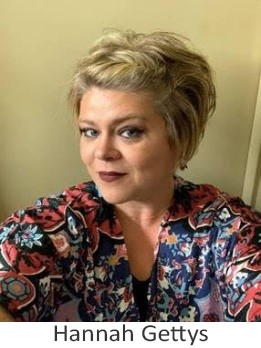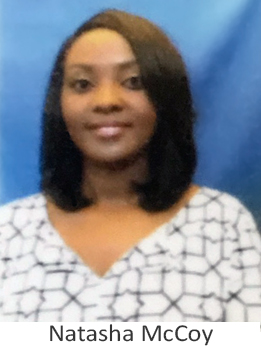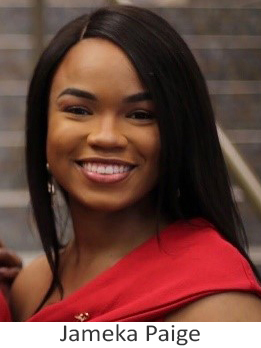Perspectives from a Permanency Team
By Hannah Gettys, Natasha McCoy, and Jameka Paige
Louisiana’s job redesign includes the creation of permanency teams (formerly known as the foster care program). Permanency teams consist of pairs of caseworkers who work together on a shared caseload, with one worker assisting parents and the other focusing on the care and needs of the children. Permanency teams are supported by a child welfare team specialist (CWTS) who assumes more of essential administrative tasks such as gathering documentation and transporting children, so the child welfare worker can focus on more clinical tasks.
Teaming was a new way to approach the child welfare worker job. Some staff members were apprehensive about the new job design and had to get accustomed to sharing job responsibilities. However, after a few months of working in this new model, they are excited about the benefits of teaming and the improved services to families. The following submissions are from members of one of Louisiana’s newly established permanency teams. They shared some of their challenges and successes as their role changed as part of the redesign supported by the QIC-WD.
Hannah Gettys, Permanency Team Supervisor: As a supervisor before the job redesign, I noticed that having only one person on the case put a limit on how much that person could do for the family. Having the redesign creates so much support for our families, support for our team members, and support to me as a supervisor. More eyes and perspectives have been great to bring to the table to provide permanency for our children.
Natasha McCoy, Permanency Team Worker- Initially, I was not fully in support of the job redesign. Why? When I heard the term “job redesign” I thought of job cuts and being laid-off. As well as the lack of supporting information on how or if this would work out. Once, I attended the kickoff at State Office back in March 2019 I was able to get a better understanding on what the Parent Worker and Child Worker roles [would be]…However, I was still a bit unsure how it would work due to the fact that I was paired with a coworker from a different foster care unit that I’ve never worked directly with and would have to get to know my partner’s style and figure out how we could work together.
Some of the other challenges that I have faced are adapting to doing tasks jointly such joint staffings and having to remember to communicate key and important information to my partner. I had to adapt to all the huddles, monthly meetings, staying on top of meeting deadlines, figuring out how to work as a team and learn one another’s style, adjusting to last minute tasks and unforeseen things that will come and turn your whole day upside down.
The job redesign has taught me that although we have specific job tasks related to our parent and child worker role often times those job tasks overlap…I had to become comfortable and willing to adapt/adjust which took me some time because I like to be in control of things. My partner and I had to learn each other’s strengths and weaknesses. I had to learn that there will be times when it may not be 50-50, it may be 60-40 or 70-30 or 95-5 or 100% on you or vice versa because things may occur that may result in your partner having to take care of something unexpected in regards to another case, sickness, etc. that will cause one of you if not both of you to step in the opposite role to get things done. I am very hopeful and praying that the job redesign will become permanent across the State of Louisiana.
The job redesign has a lot of positives. It allows the workers to not feel as overwhelmed due to having a partner to help them work a case, reduce job burnout, less time in the field in the evenings, and reduce paperwork tasks by 50%, since there are two workers per case [and] more time to complete other job tasks.
Jameka Paige, Permanency Team CWTS: I feel as team specialist that I keep the flow and the tempo up. My team handles all the major things that they need in the field and with documentation, and I handle the minor things to keep them focused on their main goals. There are still some challenges with communication, not knowing how to do certain things assigned to me. So, I have to wait until my supervisor is available to teach me.
As a team, we have huddles and unit meetings to discuss any previous or upcoming things that could be improved on. We have all come to an understanding and it’s much easier to get things done and have more organized work flow within the team. I personally keep a task board in my office for the week. I write all of the things that I need to do that week on the board (meetings, tasks, etc.). Also, with my task sheets I separate into different packets and complete a packet or two a day. My packets are usually separated by priority time and task.


